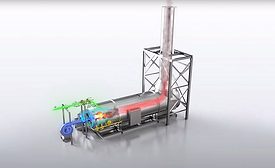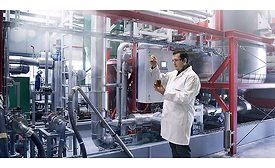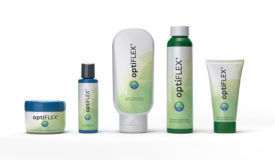Home » sustainable manufacturing
Articles Tagged with ''sustainable manufacturing''
The goal of the new Center of Excellence is to develop sustainable label and packaging products and technologies for Industry 4.0.
Read More
Case Study
Achieving Net-Positive Operations in Adhesive Tape Manufacturing
An air pollution control system designed and installed for a major tape coating line exemplifies how the best economic solution can also be the best environmental solution.
November 15, 2021
Dow Plans Program for Carbon-Neutral Silicones in Building Façades
This carbon-offset program can help decrease the environmental impact of buildings and achieve better green building certification ratings.
November 12, 2021
Huber Engineered Materials Plant Completes Solar Array
J.M. Huber reports that the plant is receiving more than 60% of its power from the array during daylight hours.
November 11, 2021
SBTi Approves Avery Dennison’s Emission Reduction Targets
SBTi mobilizes companies to set science-based targets in the transition to the low-carbon economy.
November 11, 2021
Renewable Carbon Initiative Celebrates First Anniversary
In the past year, the Renewable Carbon Initiative has grown from 11 founding members to 30 member companies.
November 10, 2021
Advancing Adhesives
Recycling Plastic Waste into Custom-Made Polyols
The chemical recycling of polyurethane (PU) and polyethylene terephthalate (PET) from waste materials is evolving into a viable alternative to mechanical recycling.
November 3, 2021
Addressing Sustainability in Disposable Hygiene Products
Adhesive manufacturers can partner with players all along the supply chain to reduce the environmental impact of single-use disposable hygiene products.
November 1, 2021
FLEXCON: Eco-Friendly Labeling Solutions
Applications include food and beverage, health and beauty, and household chemical labeling.
October 28, 2021
Elkem Launches Global Climate Roadmap
The company has set a long-term goal of net-zero emissions by 2050.
October 28, 2021
Keep the info flowing with our eNewsletters!
Get the latest industry updates tailored your way.
JOIN TODAY!Copyright ©2025. All Rights Reserved BNP Media.
Design, CMS, Hosting & Web Development :: ePublishing









